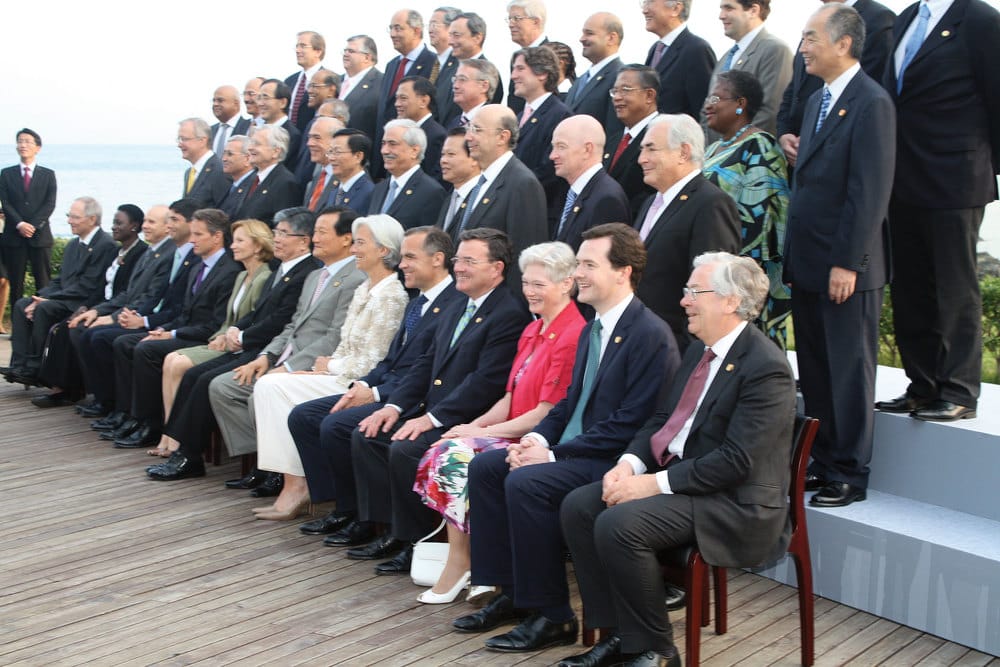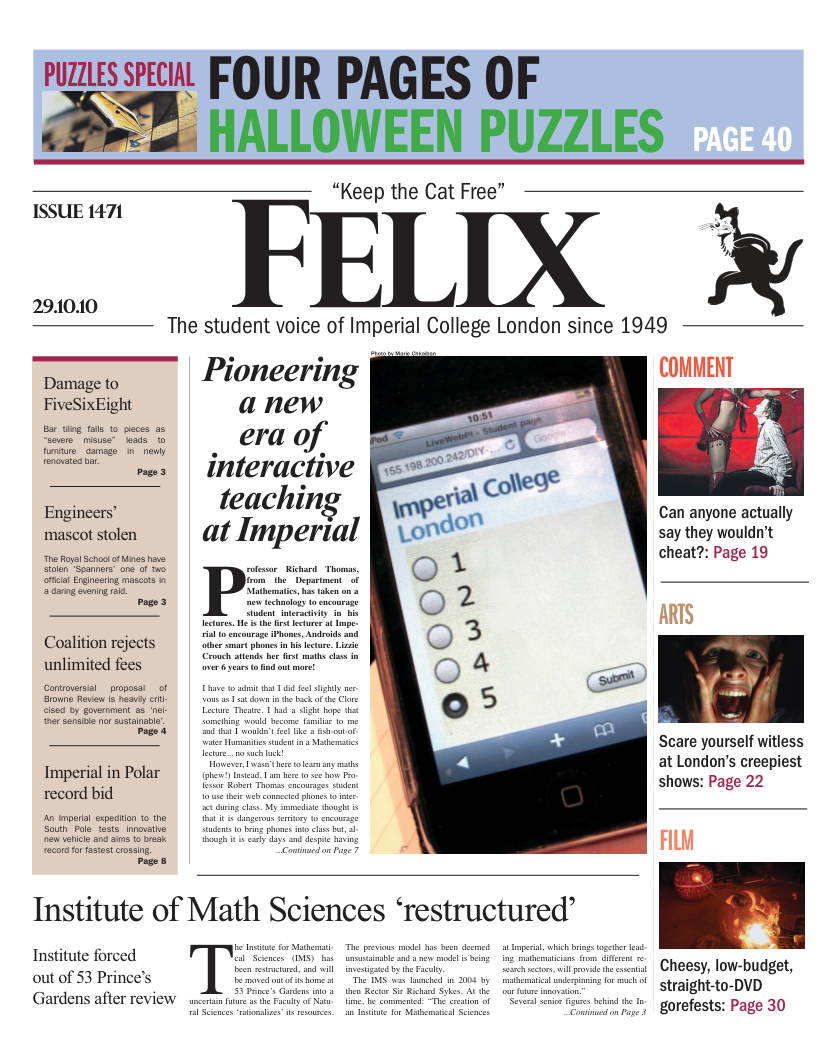G-20 meets amid growing talk of a currency war
Concerns about the implications of a Sino-American currency devaluation race continue to rise

After their meeting in Seoul, G-20 finance ministers expressed optimisim that a much-hyped global currency war may yet be avoided. Thoughts have now turned to the longer-term motivations for countries to manipulate their currencies to help exporters, and measures that can be taken against this.
The main focus of these concerns is the seemingly intractable dispute between the US and China over capital flows and the exchange rate of the Renminbi (RMB). The US has accused Beijing of keeping its currency artificially low in order to boost its exports. US Treasury Secretary, Tim Geithner hit the headlines recently with his comments on China’s currency manipulation. China, on the other hand, remains immutable in the face of protests from the West. Despite modest appreciation since September, the RMB has hardly moved since July 2008. In a floating rate system, currency values are allowed to fluctuate according to the demand and supply forces in the market. For example, when Chinese manufacturers sell their products in the US, they need to convert their earnings in US Dollars into RMB. This drives up the demand for RMB and increases the amount of US dollars available, hereby causing RMB to appreciate against the dollar.
The People’s Bank of China, however, can buy USD and convert the excess Dollars into dollar-denominated assets such as US Treasury bonds, effectively preventing the currency from circulating back into the market and propping up the value of US dollars. This offers Chinese goods a price advantage overseas, boosting its export-fueled growth. Estimates put the undervaluation from 15% to as much as 40% with respect to USD.
China is not the only currency manipulator in the world. Almost every country controls the fluctuations of its currency to some extent to create a stable currency. Thailand, for instance, placed capital controls to stem the volatile inflow of “hot money” in October, in an attempt to prevent excessive appreciation of Thai Baht. The US is hardly a helpless victim - it is weakening its own currency through a process called “quantitive easing”, which essentially involves printing more money to buy government bonds.
Furthermore, if history is anything to go by, China can hardly be reassured by the possible revaluation of its currency. In the last instance of a country demonstrating “responsibility and commitment to an international monetary system”, Japan ended up with a decade of deflation and stagnant growth.
The Plaza Accord of 1985 led to a deliberate decline in the value of US Dollars, while at the same time causing the Yen to almost double in value against USD. In the 1980s, Japan shared many of the characteristics of present day China: a strong export-dependent economy, a relatively cheap exchange rate against the dollar, and a booming housing market.
Strengthening the Yen is argued by some economists to have indirectly led to the bursting of the asset price bubble in Japan that caused misery in the years following. The US, on the other hand, used the same agreement to reduce its current account deficit and help its economy out of a recession. In the light of Japan’s ‘Lost Decade’, China’s reluctance to cave in to the demands of the US Congress is understandable.
The wider implications of exchange rate policies have added twists and turns to the issue, such that the two countries are tangled up in an intricate web of interdependence. The US government is running a large deficit for the stimulus program during the recession, which is mainly funded through government issued bonds. China, concerned about keeping its export-oriented businesses open, swallows up large swathes of US government debt.
Herein lies the paradox of the Sino-American dispute: the ability of the US government to run large deficits depends on the actions of Chinese Central Bank to strengthen the Dollar. If the Chinese no longer need to prop up the USD, a Greek-style crisis may loom ahead for the debt-ridden US government. Moreover, if RMB corrects for a 40% undervaluation, the made-in-China goods in Walmart will receive a similar price hike. For a populace used to cheap RMB, changing its old habits will involve rather painful adjustments. A re-evaluation of RMB, therefore, may not have a happy ending for everyone after all.
The competitive edge gained from an undervalued currency is often short lived and unsustainable in the long run. This is especially so when others soon follow. Trade advantages are derived from cheapening a currency relative to all others, but this is no longer possible when all the currencies devalue at the same time. Both developed and emerging nations, from Japan to Colombia, have recently tried to drive down the value of their currencies. A general weakening of currencies is now threatening the global economy, which has just begun to show some signs of revival.
So far, there is more rhetoric than action in the currency war between China and US, but if the skirmishes continue to escalate, unpleasant measures such as a return to trade protectionism may soon follow.
Much of the progress made through years of expanding international trade could be swiftly undone by belligerent states attempting to give their own exporters an edge. In the end, redressing the currency problems may prove to be the art of choosing between the disastrous and the unpalatable.








